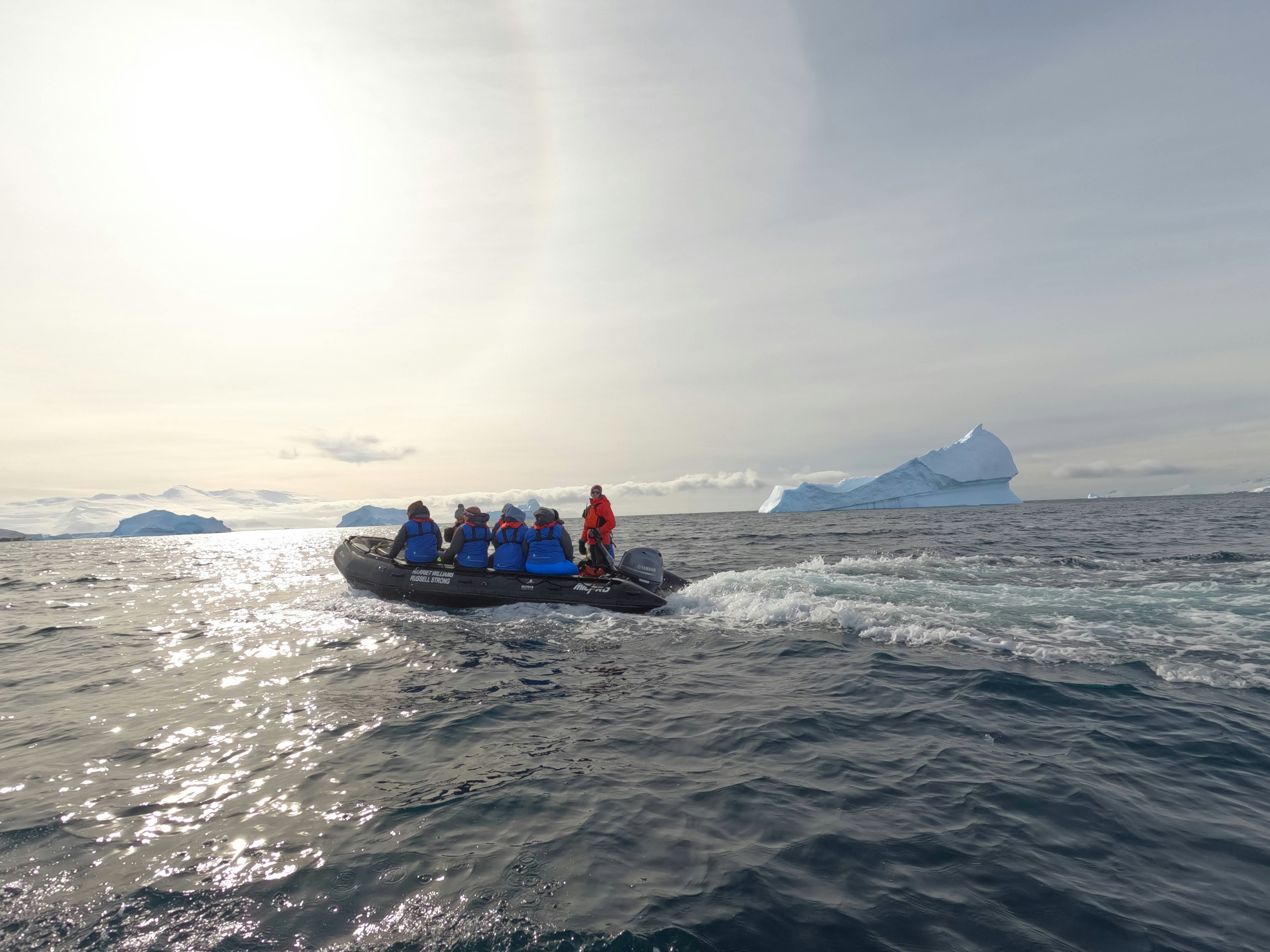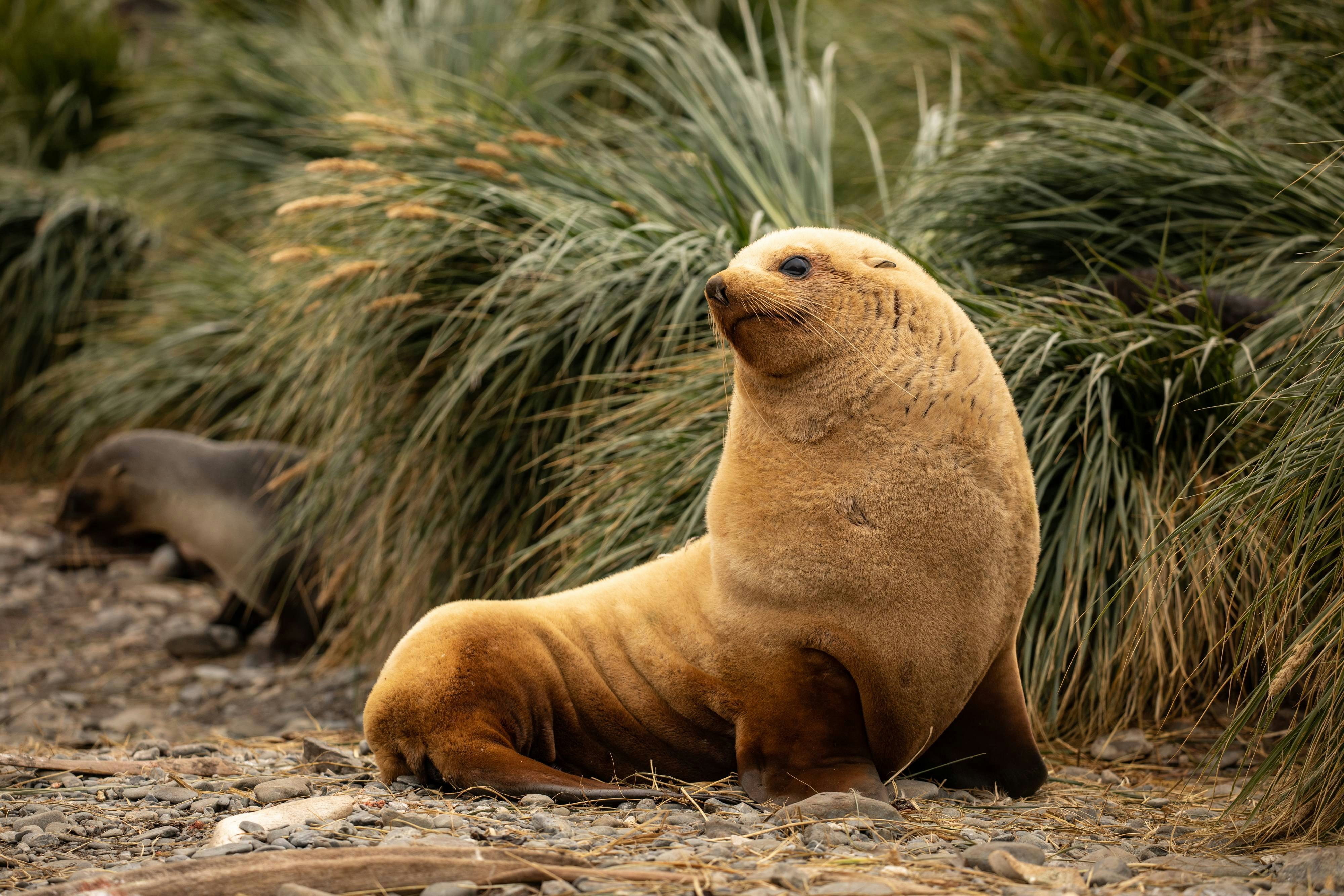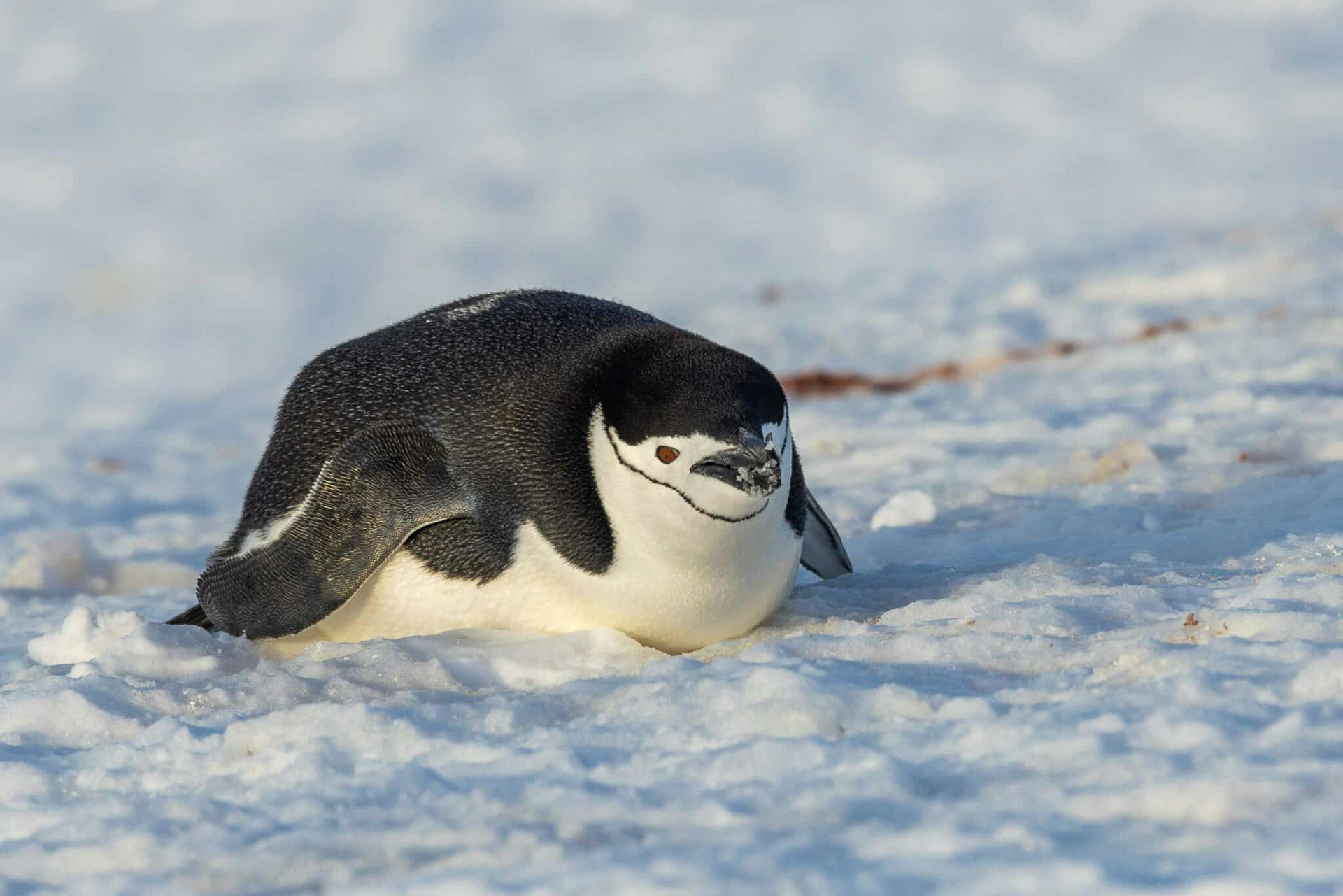Embrace the spirit of exploration as you attempt to forge a path through the ice-choked Weddell Sea.
Visit part of Antarctica that few get to experience on a true expedition that pushes below the Antarctic Circle to the eastern side of the Antarctic Peninsula. Retrace the paths of early explorers including Shackleton, whose expedition ship, the Endurance, was famously trapped and destroyed in the ice. Huge tabular icebergs announce your approach and threaten to block your passage. Wait with bated breath as nature dictates your itinerary.
Be rewarded with unforgettable encounters with wildlife that breeds and birth on sea ice, and sightings of whales that are drawn to the icy waters. Zodiac-cruise on seas that have been declared by scientists as the clearest on Earth, around icebergs the size of skyscrapers to remote beaches to visit penguin rookeries and historic huts – all the while being careful not to step on ancient fossils.
Weddell Sea Expeditions 2025/2026
Weddell Sea Experiences
Unique Wildlife
The abundant ice attracts seals such as crabeater, leopard and Weddell seals, which all breed and birth on the thick layer of sea ice. On Weddell Sea cruises, keep a look out for orca, humpback and minke whales who inhabit the region. While ashore, you can scour for ancient fossils of gastropods, large clams and spiral-shaped ammonites.
The Weddell Sea boasts a large Adélie penguin colony just outside of the Antarctic Sound, some of which breed on the rocky slopes of a small volcanic island, where a large colony of Antarctic blue-eyed shags jostle for space with nest-building Wilson’s storm petrels.
Incredible Ice
The Weddell Sea region is renowned for vast amounts of ice – sea ice, pack ice and huge icebergs that are formed by huge floating sheets of thick ice that border the Weddell Sea. Even icebreakers have difficulty getting deep into the Weddell Sea due to at-times severe ice conditions. However, our purpose-built ships were built for these conditions, and our Weddell Sea cruises Expedition Teams are skilled at navigating you past the ice shelves. For adventurous expeditioners, a visit to the area is incredibly rewarding, not least for its historical associations.
Antarctic Sound
A group of small islands, including Joinville Island, Dundee Island, and Snow Hill Island, stand off to the east of the Antarctic Peninsula, collectively forming the Antarctic Sound. This remote and beautiful area is considered the gateway to the Weddell Sea, one of the most pristine and unspoiled regions of Antarctica. With a well-deserved reputation as being an iceberg alley, many large tabular bergs escape the Weddell Sea through the Antarctic Sound, often making navigation difficult but the ultimate adventure, and incredibly rewarding if you are successful.
Zodiac Cruising
Join a Zodiac cruise as we move safety between gigantic icebergs, and land on remote beaches where ancient fossils can be found. Watch your step and keep a safe distance as fur seals and Weddell seals sleep peacefully on the beaches.
Weddell Sea Cruises FAQs
The Weddell Sea has an average depth of 500 meters (1,640 feet); however, it can reach a maximum depth of up to 5,148 meters (16,890 feet) in some areas. Its deep, icy waters contribute to its unique ecosystem and fascinating geography
The cost of a cruise to the Weddell Sea can vary depending on factors such as the duration of the expedition, the type of stateroom chosen, and the specific itinerary.
Once you choose which Weddell Sea expedition you want to embark on, you will have options for various stateroom types and additional activities. Explore our offerings to find your dream Weddell Sea expedition that suits your needs and budget.
The ideal time to embark on a Weddell Sea expedition is during the austral summer, typically spanning from early October to late March. This season offers the best conditions for exploring the Weddell Sea’s dramatic landscapes, as the weather is milder, and daylight hours are longer. During this time, the region experiences a surge in wildlife activity, providing expedition-goers with outstanding opportunities to witness the remarkable ecosystem of the Weddell Sea.
When preparing for a Weddell Sea cruise, it’s essential to pack appropriate gear.
Shipboard clothing is informal and casual. Jeans, jumpers, and long-sleeved shirts are ideal for indoors in the polar regions; however, be sure to keep your jacket close for unexpected wildlife sightings!
Some people like to take a nicer outfit for the captain’s welcome and farewell drinks, but formal clothing is not necessary.
Each passenger aboard our Antarctic expeditions will receive an expedition jacket when they board the ship. However, you’ll need to ensure you pack the correct cold and wet weather gear for your landings such as waterproof trousers, insulated jackets, and thermal layers.
The cold and unpredictable weather requires careful packing, making it essential to consult our suggested packing list for a comprehensive guide.
The Weddell Sea is a region of the Southern Ocean on the eastern side of the Antarctic Peninsula, is characterised by denser pack-ice conditions. The sea here is characterised by extremely low levels of pollutants, high levels of dissolved oxygen and extremely cold temperatures, with the surface water often hovering just above freezing.
The Weddell Sea region is renowned for vast amounts of ice – sea ice, pack ice and huge icebergs that are formed by huge floating sheets of thick ice that border the Weddell Sea. Even icebreakers have difficulty getting deep into the Weddell Sea due to at-times severe ice conditions. However, our purpose-built ships were built for these conditions, and our Weddell Sea cruises Expedition Teams are skilled at navigating you past the ice shelves. A considerable aspect of a voyage to the Weddell Sea is the thrill of not knowing if the ice will allow us to enter its frozen realm. The Weddell Gyre pushes enormous amounts of ice from the Filchner-Ronne Ice Shelf up towards the area near Antarctic Sound, sometimes blocking the entrance to the Weddell Sea. For adventurous expeditioners, a visit to the area is incredibly rewarding, not least for its historical associations.
The ideal time to embark on a Weddell Sea expedition is during the austral summer, typically spanning from early October to late March. A Weddell Sea Expedition presents a unique opportunity to explore one of the most pristine and remote regions on the planet. The Weddell Sea’s unparalleled natural beauty, icy wonders, and abundant wildlife make it a dream destination for adventurers. This region is steeped in history, with a remarkable legacy of exploration, and joining a Weddell Sea expedition allows you to become part of this rich narrative. Witnessing colossal icebergs, navigating through icy channels, and observing the Weddell Sea’s thriving ecosystem are experiences that you’ll treasure for a lifetime.






















